"It will be more important than ever that a brand understands its tone of voice and identity so it can produce quick, ad-hoc material in keeping with brand guidelines".
E.D.
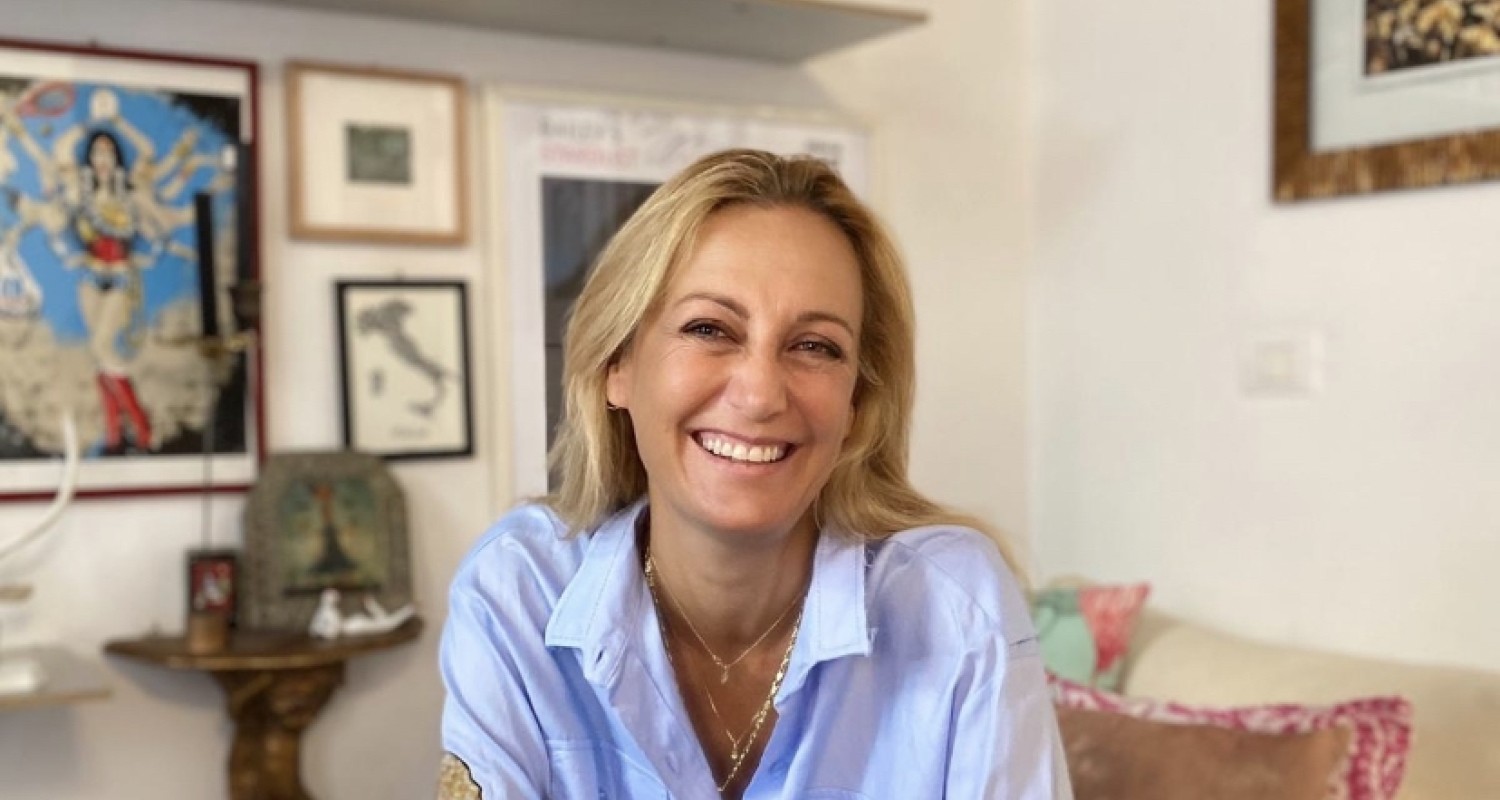
Today we discover what it’s like to have a creative job in the fashion industry as we talk with Elisa Dodi who has been Head of Graphics at Valentino for almost 10 years. Elisa explains how her team creates fashion content from scratch and gives her opinion about the future of the profession.
ED: The graphic department for Valentino works as an integrated agency to plan the strategy, designs, corporate images and produce creative outputs (online and offline) to improve all customer tools and channels. I had the privilege of directing and coordinating the entire Valentino Creative Hub in collaboration with a team of several experts including:
- Art Directors
- Graphic Designers
- Web Designers
- Accounts
- Producers
- Copywriters
The Head of Graphics is the project manager in charge of strategy, business development and planning to make sure all activities are carried out on time.
ED: In the beginning, I accepted the job because I liked the role rather than the industry of fashion. I liked that the business was growing and there was an opportunity for me to help shape the future of the company. Valentino welcomed my ambitions for its brand and enabled me to put into practise my strategic and creative ideas. It was while working with Valentino that my passion for the fashion industry grew.
ED: I attended a classic lyceum – a type of secondary school in Italy. I then went onto gain a Masters Degree in Business. This enabled me to understand my creative skills and I soon realised there were many career opportunities in this area. I initially tried to create as many opportunities as possible by applying for a range of jobs – all of which were mostly related to creative departments. At the beginning of my career I took jobs in companies that weren’t necessarily brands I wanted to work with, however I used this experience to build knowledge and expertise.
For people who would like a creative career in the fashion industry I would recommend studying a lot, think about where you want to be in the future, and work while waiting for your perfect opportunity to arise. It’s a competitive industry so you have to learn to be patient while waiting for your ideal role to come up.
ED: Because in this role you have to manage an international, versatile and diverse team, I have always considered it crucial to empathise with everyone. Think of your team as your extended family. You’re all heading for the same target, so it’s important to nurture and encourage each of their talents. You need to be very organised in this role. If the project is planned well you have self-control, especially under pressure. You can also deal with last minute requirements – that happen a lot in the fashion world!
Summarising the top five qualities you need are:
1. Be empathetic
2. Be reliable
3. Use the same tone and language as your peers
4. Be a good planner
5. Have the ability to identify priorities
EM: The fashion industry is currently juggling keeping up with fast technology developments and changing consumer behaviours. I believe however the most considerable change is the speed at which a business can communicate, and the fashion designers’ increase in responsibility. The speed at which all areas of the fashion industry communicate now has led to the size and success of many companies. However, you need to keep up with this speed to suceed. How quickly a company replies to various inputs, how quickly technology changes, and how quickly styles renovate, all matter to move a business forward.
A fashion designers’ role has changed too. They have to think creatively, but they also now have to be a ‘brand strategist’ and a ‘marketing executive’ all at the same time, while sharing their experience to support brand identity.
The long-term trend will see businesses creating more of a shopping experience. Consumers want more than just to walk into a store and pick up an item or two. They want to enjoy the experience and feel special when purchasing a product.
EM: The digital change is an unavoidable process. It has to be applied quickly because in the luxury fashion industry it began late – and it will never end. New technologies available means there’s an opportunity for businesses’ to communicate an instant and direct image of their brand identity – without superstructures (a lengthier way of communicating). However, because of the speed that is required today it makes it difficult to keep on top of quality and create a long-term relationship with customers. It will be more important than ever that a brand understands its tone of voice and brand identity so it can produce quick, ad-hoc material in keeping with brand guidelines. This will ensure all communication will be authentic and will target the right customers.
EM: Before many creative fashion jobs roles used to overlap. However, there’s now a real
requirement for specific professional skills and positions due to the change in technology and
customer communication. The direct relationship with the end user will evolve as will the multi-channel of communication.
This will bring new challenges such as managing the brand by complete storytelling through social media networks, influencers, customised products and reducing the time between the design and selling of the products. Some fixed categories will go too. Fashion lines will be much more streamlined and targeted.
EM: I believe that magazines will not disappear because printed magazines continue creative
research. They offer articles and subjects of substance. The more glamorous magazines will not be online, instead of fighting for views and clicks, they will will contain the best stories, fashion experts, photographers, stylists and writers to create something of value. Even if it no longer pays in economic terms, as what happened with vinyl records, a well-produced magazine is something to dedicate time to read again and again.
EM: In my career as Head of Graphics I faced two challenges. The first was to learn how to merge a rational mindset with a creative one, and transform communications needs and creativity into a solid and efficient solution. My two personalities – the original and inventive one, paired with the rational and numerical one, was something I had to balance. Many of your team will think in this way too, so it’s about getting the right level of creativity verses practicality.
The second challenge was dealing with “I like it or I don’t like it” comments and making sure a
project continued to move forward to meet business targets. A lot of the time aesthetics are down to someone’s personal taste, however it’s important to always keep the brand and customers at the front of everyone’s minds.
ED: Investing large budgets in creative projects is one of the most difficult aspects to manage. It’s vital to have a plan and align this plan with detailed costs. Of course, planning costs a lot of time in itself, however the efforts pay off immensely. If you have a clear plan of activities and list of resources and costs that need to be used, it is possible, if necessary, to identify any problems or extra costs that may arise in advance. This is crucial for a project to be sustainable and a success.
ED: I admire several people and one of them is a very talented women, Maria Grazia Chiuri. She is always true to herself and is able to change the world through her collections and ideas of immeasurable human value.
However, today I would choose to have brunch with my father. He not only had a great career but he taught me a good work ethic, to be courageous and to always try before saying no.
ED: My advice would be to dream about your perfect job role, study, travel and make connections. Do your homework when it comes to creative job roles in the fashion industry. They are changing all the time and you want to make sure you get the right skills for the right job. Internships are good too. There is nothing better than getting some hands-on experience. Say yes to everything to understand how the industry works, examine how senior colleagues work and do more than your Chief Officer asks, because it’s important to make yourself valuable. If things don’t go to plan be open to other opportunities. Everyone can go far with commitment, perseverance and the desire to do so. But keep in mind – do not stand still while waiting for the perfect job opportunity.
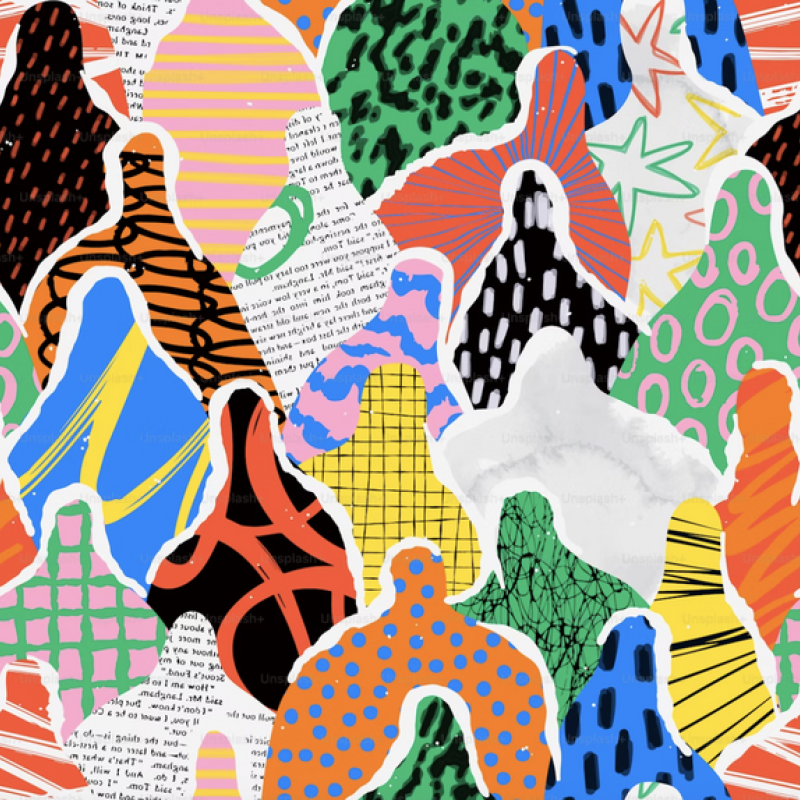
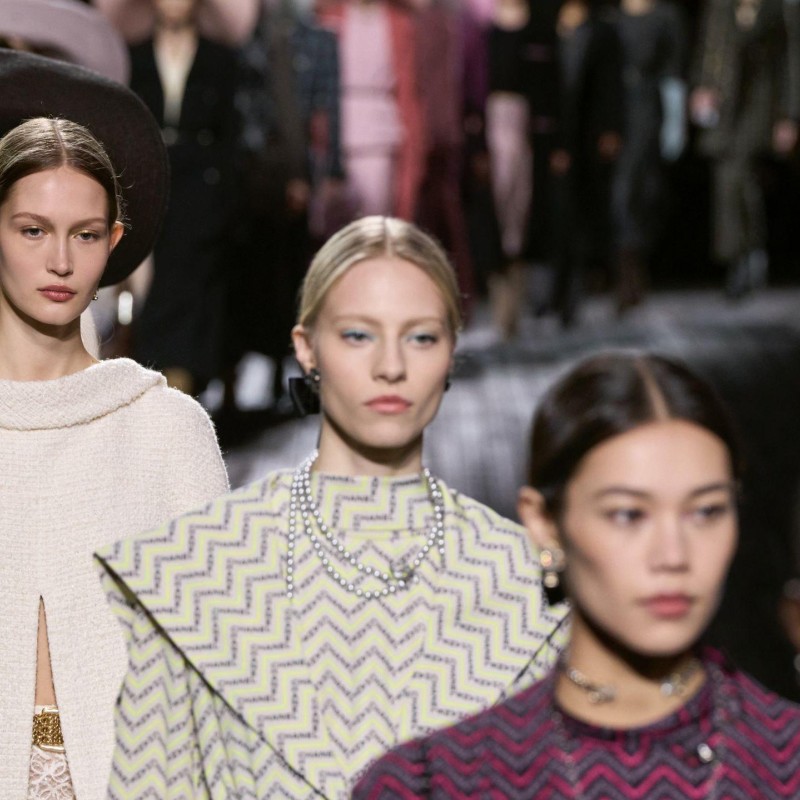
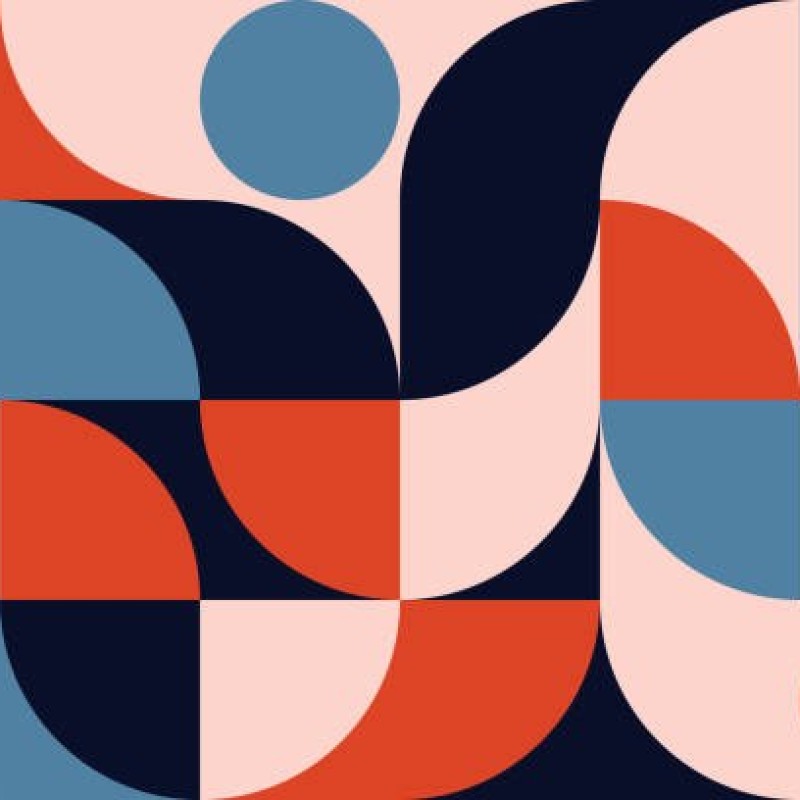
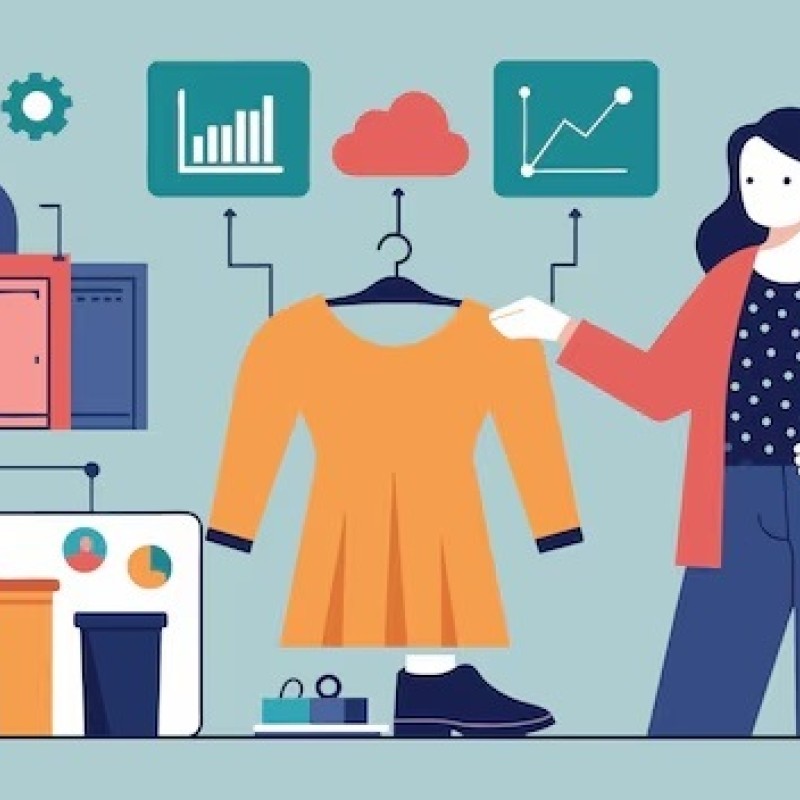
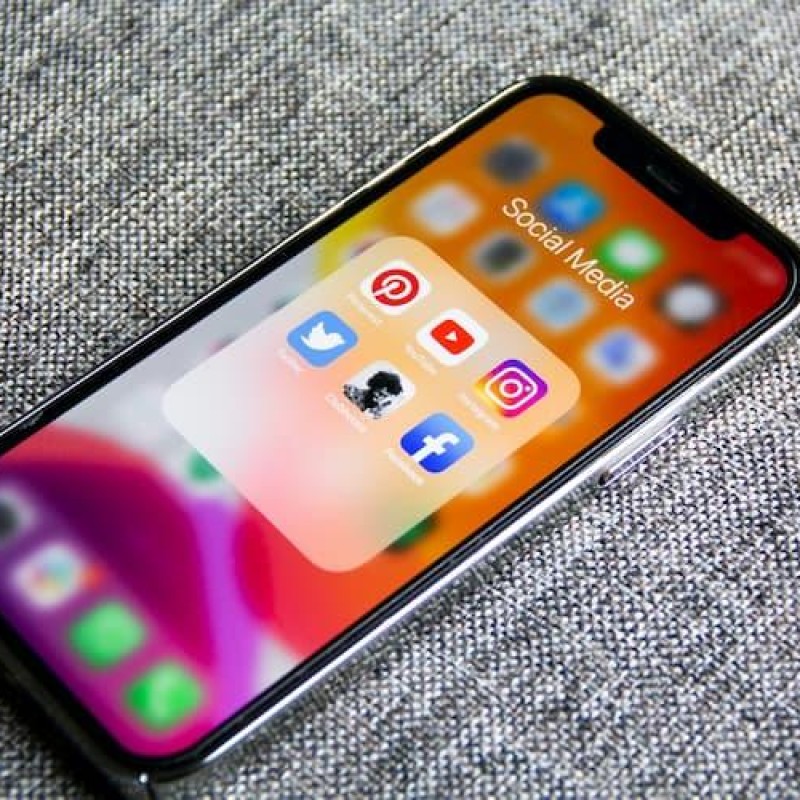
Beyond Talent
Fashion Recruitment Agency
Specialising in Senior and Executive recruitment for the luxury fashion, lifestyle and beauty industries worldwide.
Head Office Address
20-22 Wenlock Road, London, N1 7GU
Contact Us